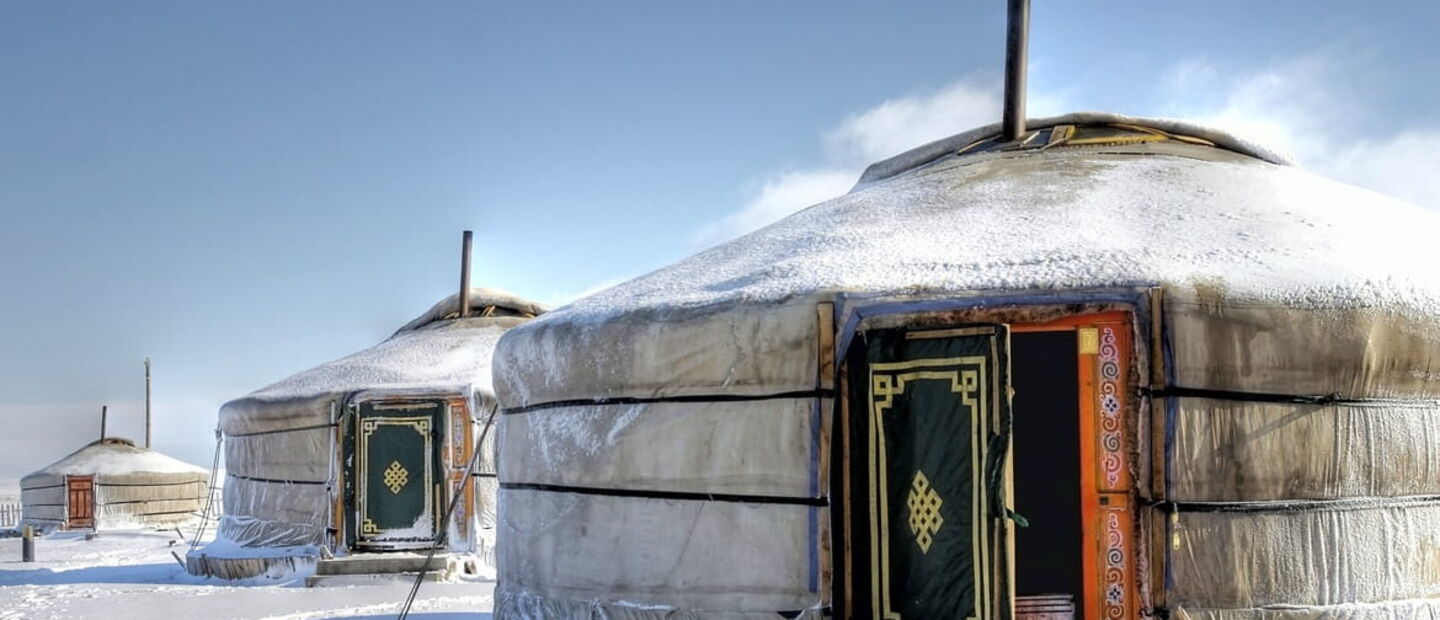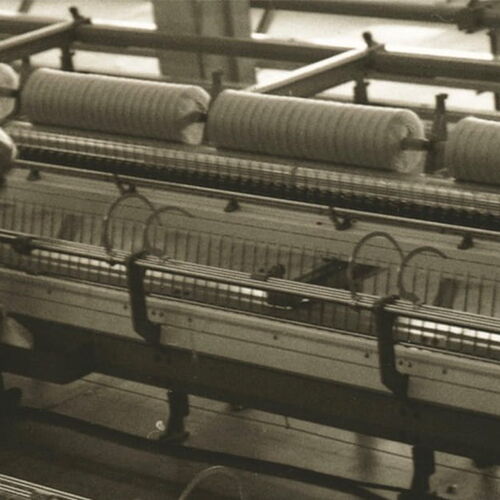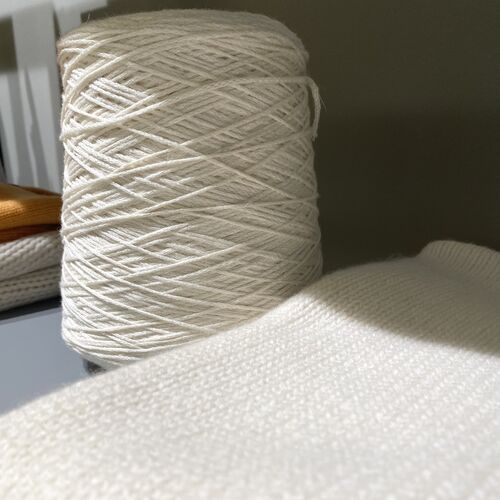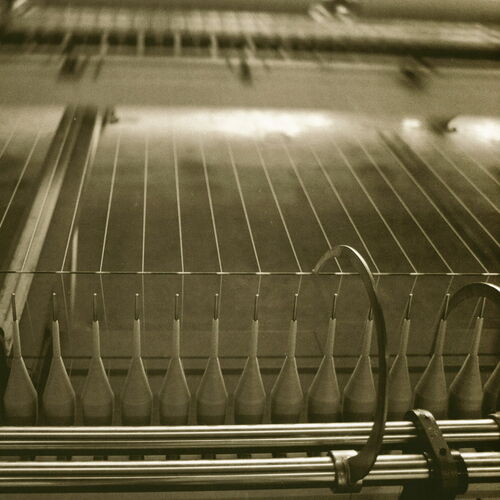The finest, softest and most durable cashmere fibres come from Mongolia, Inner Mongolia and Tibet. Why? For one thing there’s the dry and very cold climate, and for another the wide range of temperatures commonly experienced in these regions. And when you add great expanses of grassland and the proud heritage of the local goat herders, you have the makings of the world’s finest cashmere.
The colder the winter temperatures, the richer and fuller the goats’ underdown will be, making for fibres of exceptional quality that can be spun into top-class yarn.
The average winter temperature in Mongolia is minus 35°C, with the thermometer occasionally dropping as low as minus 60°C. Together, this bitter cold and the goats’ healthy natural diet ensure that their coats grow thick and long to protect them.
All attempts at exporting cashmere goats to other countries and breeding them there to produce cashmere have fallen short − on account of the poor quality of their hair.

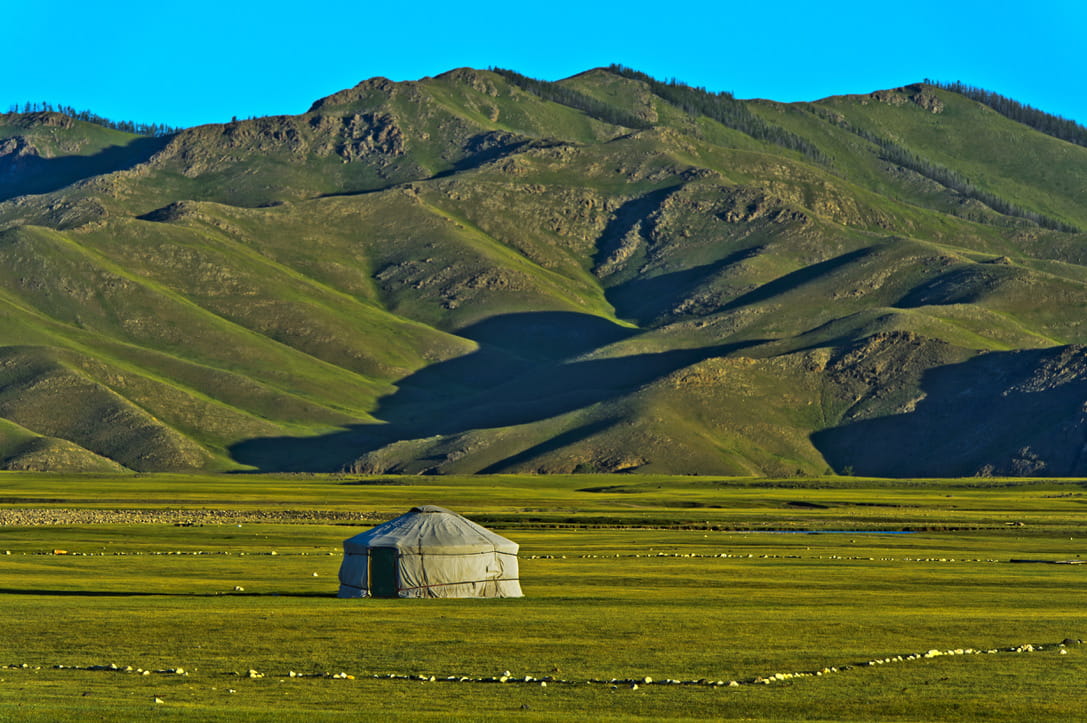
The goats successfully adapt to the change of climate but their undercoat either doesn’t grow at all or not in the desired quality. The same applies to cashmere obtained from farm-bred goats: As soon as the animals are taken out of their natural habitat, the climate is not sufficiently harsh, or the goats are fed instead of being allowed to graze, the quality of the end product made from their cashmere fibres will suffer.
That’s why at buttertea we talk about our products being “limited by quality”, because producing an infinite supply of the very finest cashmere is simply not possible.

